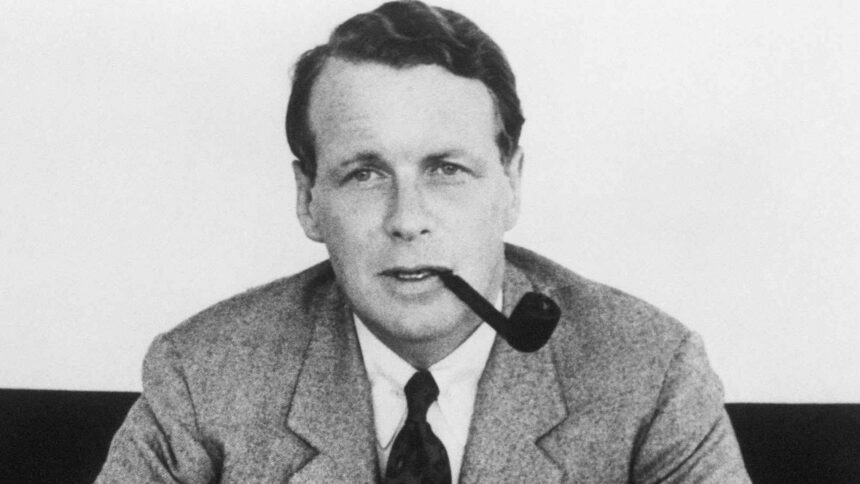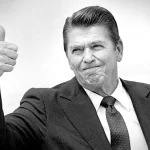David Ogilvy, often referred to as the “Father of Advertising,” revolutionized the advertising industry with his innovative ideas and disciplined approach. His daily routine was a testament to his dedication and creative prowess, which allowed him to build one of the most successful advertising agencies in the world. This article explores the daily habits that contributed to Ogilvy’s legendary career.
Morning: Preparation and Focus
5:30 AM – 7:00 AM: Early Rise and Reflection
Ogilvy was an early riser, starting his day before dawn. He believed in the power of quiet mornings for reflection and planning. After waking up, he would spend time reading newspapers, industry journals, and the latest market reports to stay informed about current trends.
7:00 AM – 8:00 AM: Breakfast and Exercise
A healthy breakfast was a staple in Ogilvy’s routine. He preferred simple meals like eggs and toast, often accompanied by a strong cup of coffee. Post-breakfast, he would go for a brisk walk or engage in light exercise to energize himself for the day ahead.
Mid-Morning: Creative Work and Strategy
8:00 AM – 12:00 PM: Writing and Concept Development
Ogilvy dedicated his mornings to creative work. He believed that his best ideas came when his mind was fresh. During these hours, he would write copy, brainstorm advertising concepts, and develop strategies for his clients. This time was sacrosanct, free from meetings and distractions.
Lunch: Networking and Learning
12:00 PM – 1:00 PM: Lunch with Colleagues and Clients
Lunch was not just a meal but an opportunity for Ogilvy to connect with colleagues, clients, and industry peers. These meetings were often held at his favorite restaurants, where he discussed ongoing projects, exchanged ideas, and stayed updated on industry developments.
Afternoon: Meetings and Collaboration
1:00 PM – 3:00 PM: Client Meetings and Presentations
Afternoons were reserved for client interactions. Ogilvy was known for his persuasive presentations and attention to client needs. He would review campaign progress, present new ideas, and ensure that client expectations were met or exceeded.
3:00 PM – 5:00 PM: Team Collaboration
Ogilvy valued collaboration and often spent time with his creative teams in the afternoon. These sessions involved reviewing work, providing feedback, and brainstorming solutions to any challenges. His leadership style was hands-on, and he inspired his teams with his passion and vision.
Evening: Reflection and Personal Time
5:00 PM – 6:00 PM: Reviewing the Day
Before leaving the office, Ogilvy would review the day’s accomplishments and plan for the next day. This period of reflection was crucial for him to maintain a clear vision and ensure that all tasks were aligned with the agency’s goals.
6:00 PM – 7:00 PM: Dinner and Relaxation
Dinner was a more relaxed affair, often enjoyed at home with family or close friends. Ogilvy believed in maintaining a work-life balance and valued this time to unwind and connect with loved ones.
7:00 PM – 10:00 PM: Reading and Research
Evenings were often spent reading. Ogilvy was a voracious reader, and his library included books on advertising, psychology, and consumer behavior. This continuous learning helped him stay ahead of industry trends and fuel his creative thinking.
10:00 PM – 5:30 AM: Rest and Sleep
Ogilvy understood the importance of rest. He aimed for a full night’s sleep to ensure he was refreshed and ready for another productive day. His disciplined routine allowed him to maintain high levels of creativity and efficiency.
Hour-by-Hour Breakdown
| Time | Activity |
|---|---|
| 5:30 AM – 7:00 AM | Early rise and reflection |
| 7:00 AM – 8:00 AM | Breakfast and exercise |
| 8:00 AM – 12:00 PM | Writing and concept development |
| 12:00 PM – 1:00 PM | Lunch with colleagues and clients |
| 1:00 PM – 3:00 PM | Client meetings and presentations |
| 3:00 PM – 5:00 PM | Team collaboration |
| 5:00 PM – 6:00 PM | Reviewing the day |
| 6:00 PM – 7:00 PM | Dinner and relaxation |
| 7:00 PM – 10:00 PM | Reading and research |
| 10:00 PM – 5:30 AM | Rest and sleep |
David Ogilvy’s daily routine reflects a perfect blend of discipline, creativity, and balance. His structured approach and dedication to continuous learning enabled him to leave an indelible mark on the advertising industry, inspiring countless professionals to follow in his footsteps.







